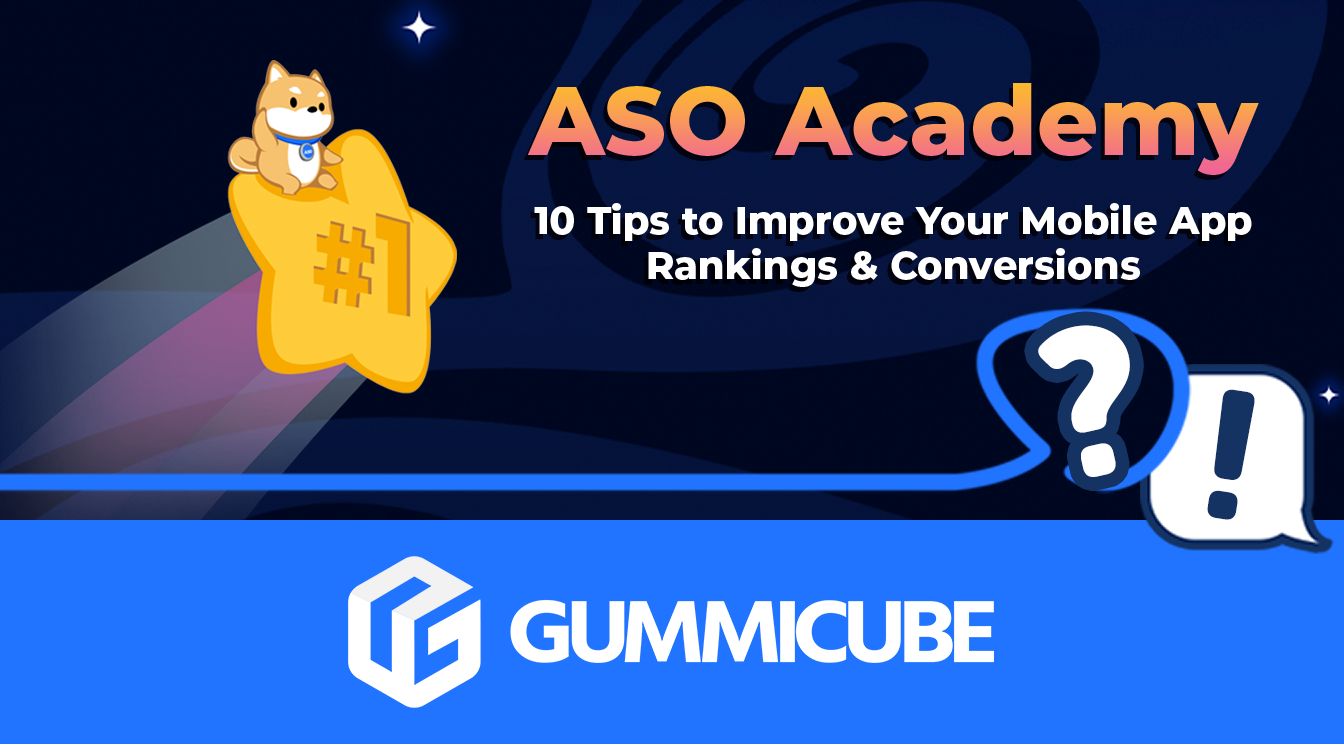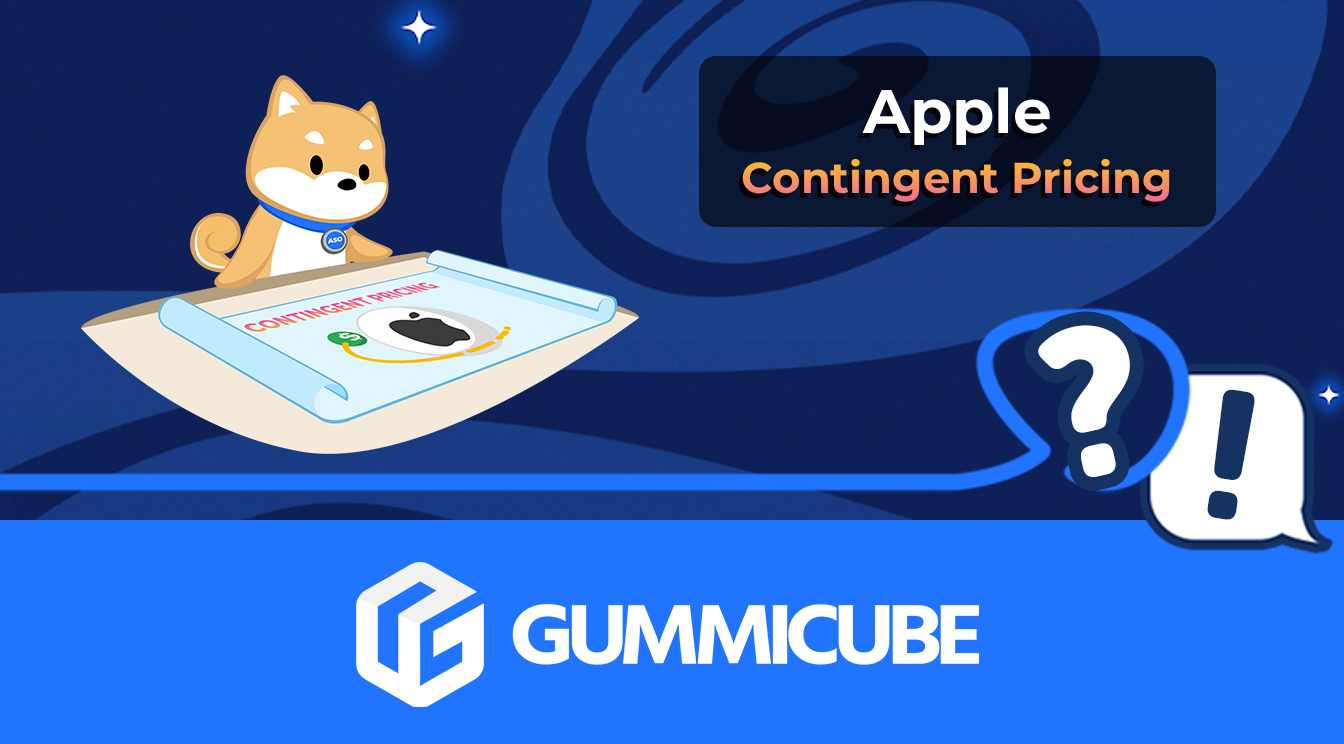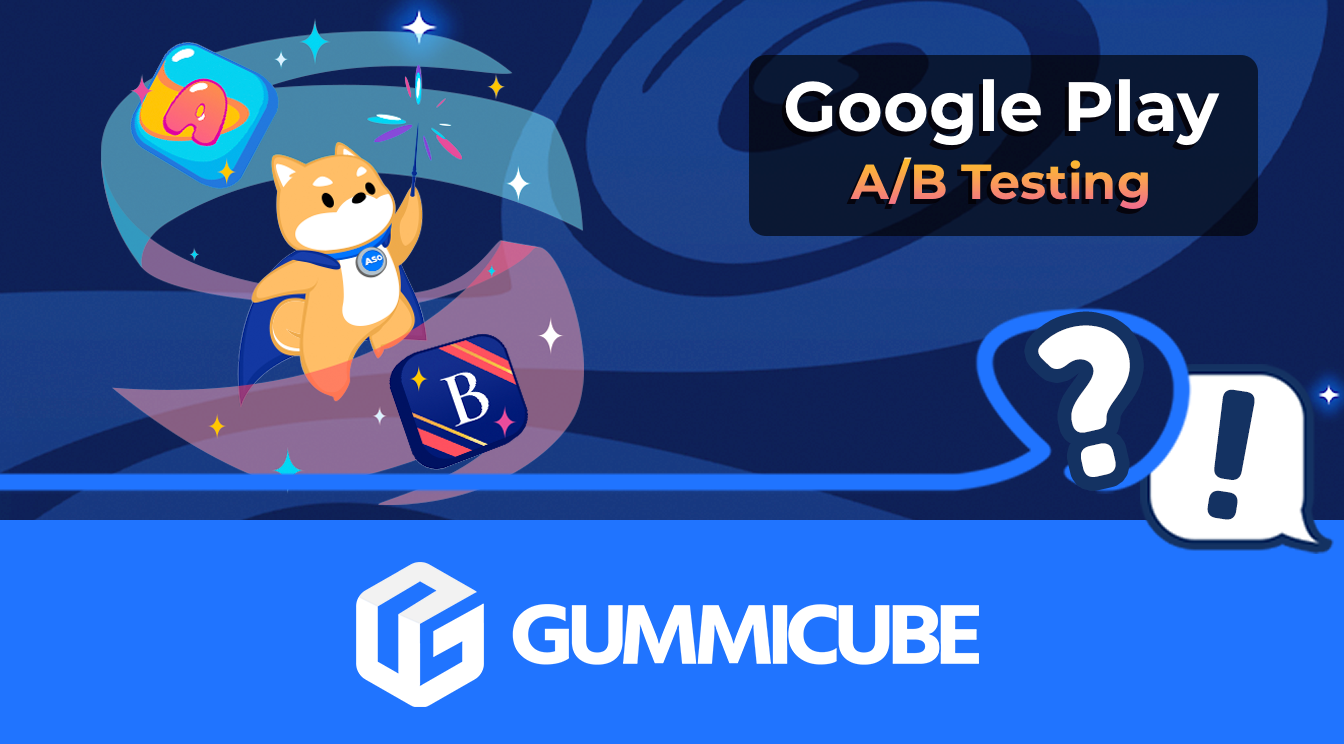
App Store Screenshot Dimensions & Guidelines
Posted on August 1st, 2024
Make sure your app stays compliant with the latest App Store Screenshot Dimensions & Guidelines here

It’s not easy to make your way up to the top in the app stores. But with just a few simple tips and steps, you can head in the right direction. Enterprise and independent developers alike must understand the fundamentals of App Store Optimization (ASO) and the steps they can take to improve their visibility and downloads on the app store.
Your app store ranking can influence how many users are exposed to and influenced by your app listing. App Store Optimization strategies have multiple components and moving parts that allow you to adapt and change for better rankings over time.
In this week’s ASO Academy, we want to go over 10 factors affecting your organic mobile user acquisition and how to build your app ranking over time.
Your app won’t sell itself (sadly), so understanding your users is a critical first step in increasing your organic app ranking. You’d be surprised by how many people don’t start with this first step. It’s more than just simple demographic information – ask questions like, “what do users expect from my app?” or “what type of value do I bring to my users?”. This is a good place to start.
Google Play and App Store metadata indexation differs and is something to consider when developing your ASO strategy. Your app can potentially rank for hundreds if not thousands of keywords at a time. It’s vital to understand the differences between how each app store indexes keyword phrases. However, both stores use keywords to determine your relevance, so always make sure your keyword strategy is pertinent to your app.
As an ASO best practice, keeping your metadata fields up to date is always in style. App iterations through continuous changes lets you continuously grow and adapt to evolving user search behaviors. Remember, mobile search patterns change more rapidly than on the web. Ensure all of your metadata fields on the Google Play and/or Apple App Store are updated.
An effective yet reader-friendly title, subtitle/short description, and full app description are a must. Developers and mobile marketers are often misled that using as many keywords as possible is the key to increased visibility.
However, keyword stuffing is apparent to both the user and the app store algorithm. Always strike a balance between branding and optimizing to get the best results. ASO tools helps you find the phrases that help you balance app store keyword search volume goals and branding.
Not sure where to begin? See what your competitors in the app category are doing. Are other apps in the same genre/category using consistent design themes? Take note of some of the consistencies you see and determine if there’s something you can do differently to stand out while keeping things on brand for the category. This will show you your unique differentiator.
One of the most underutilized assets at a mobile marketer’s disposal is A/B testing. However, it’s an important factor in your app store marketing strategy that ultimately helps you drive users towards a download. Your creative set on your app store listing is solely responsible for driving up downloads, so make sure it’s always performing at its fullest conversion potential through regular updates and tests.
Did you know that your ratings and reviews have an impact on the app stores’ algorithms? That’s right. If your ratings and reviews are bogging you down, chances are, the App Store and Google Play may not be recommending your app to users algorithmically. Always ensure that you’re addressing poor reviews with a helpful tone and improving your app over time to gain visibility.
Never underestimate the importance of changing things up on the app stores. Incorporating seasonality strategies to your app metadata or creative set is a great way to improve search performance on the app stores. Many retail apps do this by releasing limited-time summer sales for mobile only, or advertising “Black Friday” deals around November to match user search patterns around that time.
ASO marketing relies on more than just organic performance. In fact, one of the three pillars of ASO is paid mobile user acquisition optimization. After you’ve built a foundational groundwork for organic growth, mobile ad spend actually starts to decrease over time. The less you have to prove to the algorithms that you’re relevant for a keyword bid – the less you pay!
DIY ASO can be extremely difficult. Some of these tips can be difficult to achieve if you don't have the right ASO technology and experts at your disposal. As an ASO company with more than 12 years of experience helping developers grow their app, we know it’s vital to have all of these moving parts in order. You’re always welcome to book a free consultation with us to see how you can improve your ASO performance starting today.
Want to learn more about App Store Optimization? Contact Gummicube and we’ll help get your strategy started.

Make sure your app stays compliant with the latest App Store Screenshot Dimensions & Guidelines here

Soon developers will be able to extend their customer lifetime value with a handy new way of providing subscription offers directly through Apple. Contingent Pricing looks to act as a revolutionary new system for leveraging new upsell & cross-sell opportunities all within Apple’s ecosystem.

Have you ever A/B tested your Google Play listing? If not, you're probably navigating the Play Store marketing blind, and leaving valuable installs on the table.